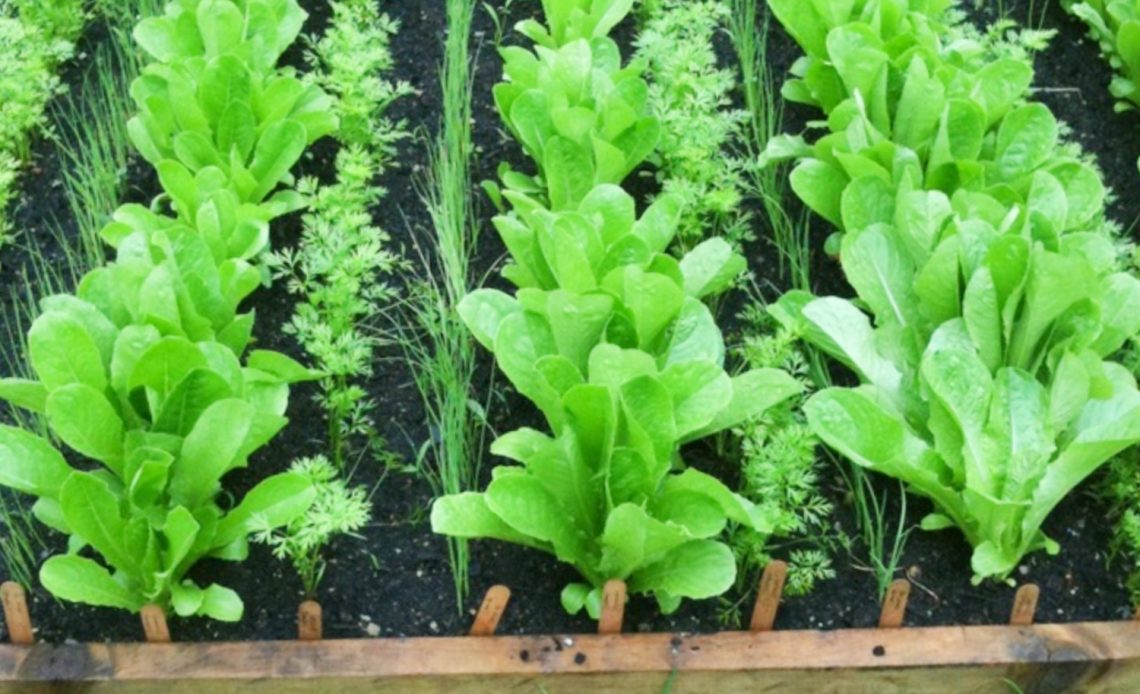

We’re here to help! Wild Yards is a completely free website that is 100% dedicated to helping you create a wildlife-friendly, sustainable yard. Read more
WildYards is reader-supported. When you buy a product through a link on our site, we may earn a comission. Every product is independently selected by our (obsessive) editors and our reviews are unbiased and objective. Read more about our mission or our privacy policy.
In your search for a nitrogen-rich organic fertilizer, you’ve probably come across feather meal and blood meal. Both of these fertilizers are sustainable, and they both have the potential to do your garden a world of good. But if you can’t decide between the two, you may be wondering which one is better. So when it comes to feather meal vs. blood meal, which organic fertilizer works best?
Both feather meal and blood meal contain roughly 10% to 15% nitrogen. The main difference between the two is that feather meal is a slow-release fertilizer, and blood meal can be absorbed much more quickly by comparison.
What’s the difference between feather meal vs blood meal?
Feather meal is a byproduct of the poultry industry. The feathers are steamed at a high heat to kill off pathogens, then dried and pulverized into a meal or, in some cases, shaped into a pellet.
Blood meal, on the other hand, is a byproduct of the meat industry. The blood is collected, heated, and dried. This process also kills off pathogens, and the resulting meal is packaged and sold as an organic fertilizer.
Feather meal and blood meal are both 100% organic. They’re also sustainable and environmentally friendly.
Even though feather meal and blood meal come from two different sources, they offer plants a high dose of nitrogen, at around 10% to 15%.
The main difference between feather meal and blood meal is the way these two fertilizers break down.
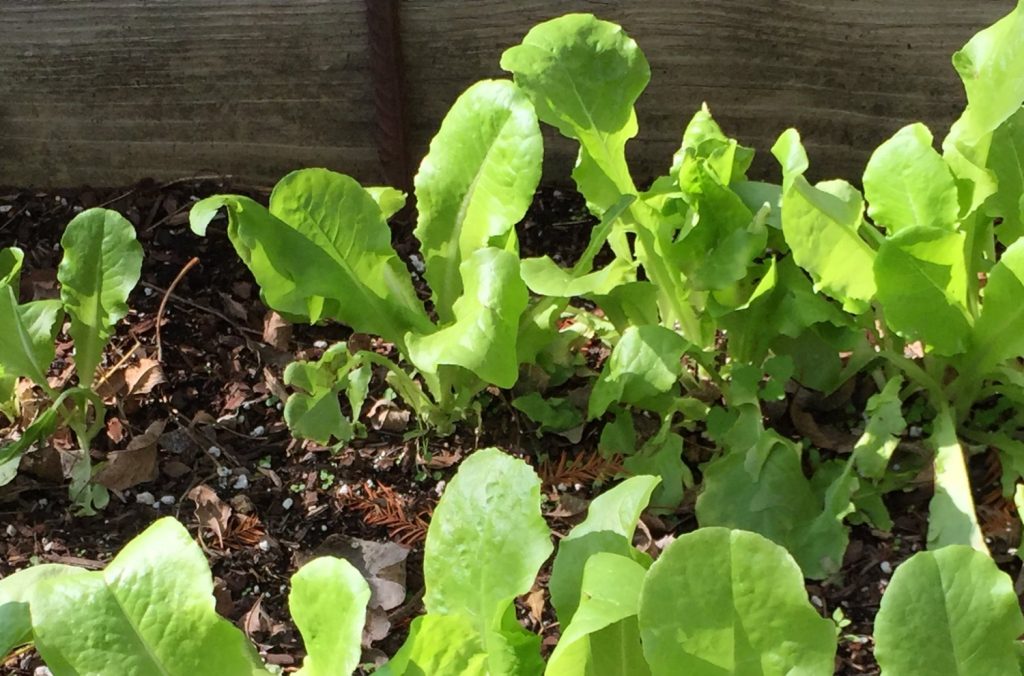
Feather meal vs blood meal — are they water-soluble?
Feather meal is rich in keratin, the same protein found in human hair and nails. The keratin in bird feathers is insoluble, meaning the feathers themselves cannot be broken down in water alone.
Instead, feather meal decomposes slowly over time with the help of moisture and soil microbes, allowing this organic fertilizer to steadily release amino acids into the soil.
On the other hand, blood meal is simply blood that has been dehydrated.
Although blood meal fertilizer is not entirely water-soluble, either, once it has been rehydrated, it begins breaking down much faster than feather meal.
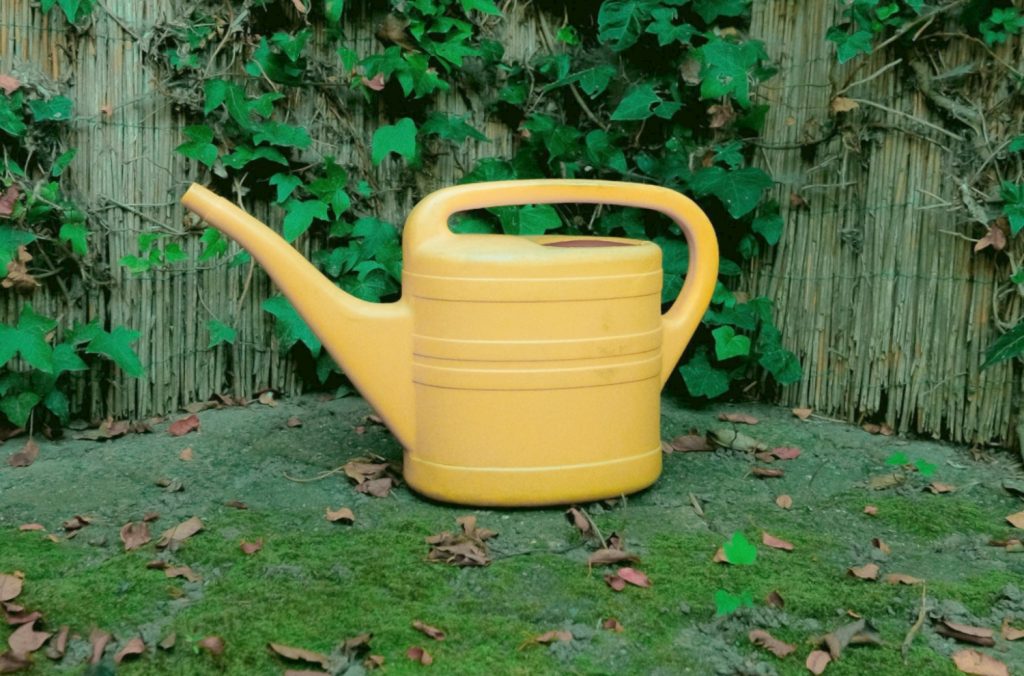
Feather meal vs blood meal — how fast do they break down?
Because it’s rich in keratin, feather meal typically breaks down over a period of 12 to 16 weeks. The proteins in feather meal take a while to disintegrate, so this organic fertilizer releases nutrients slowly.
Even though blood meal isn’t entirely water-soluble, it begins breaking down the moment it comes into contact with moisture, so it releases nitrogen much more quickly than feather meal.
Blood meal breaks down over a period of 2 to 8 weeks, so it degrades much more quickly by comparison.
Blood meal does not break down as quickly as synthetic fertilizer. But, overall, blood meal is one of the best fast-release nitrogen-rich organic fertilizers on the market.
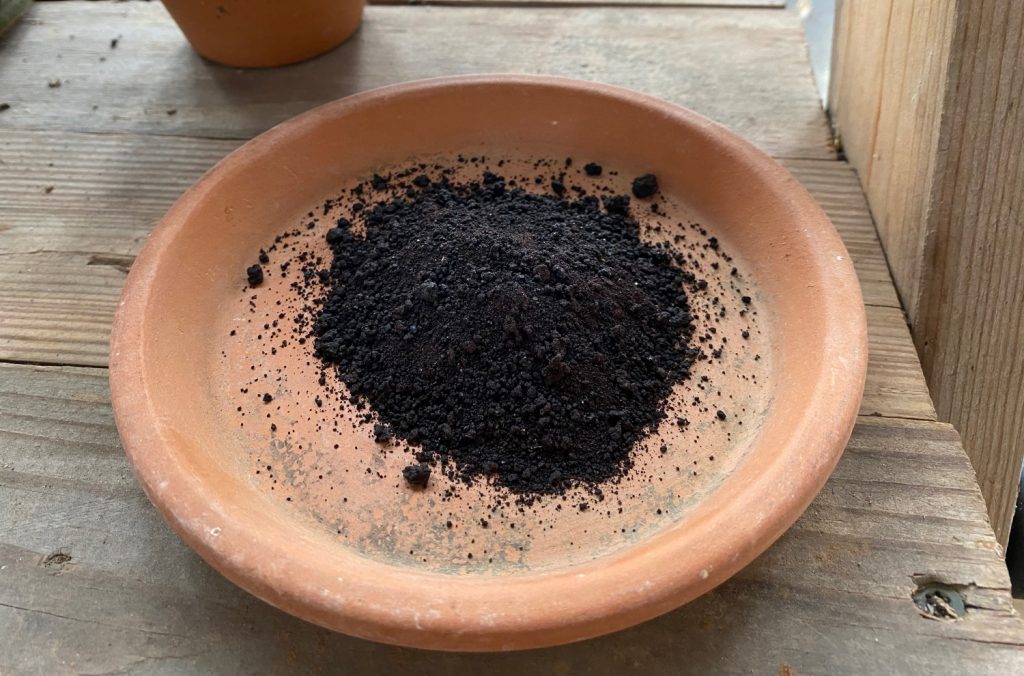
Feather meal vs blood meal — which is better for the soil?
Both feather meal and blood meal are much better for your garden’s soil than synthetic fertilizers.
Even though synthetic fertilizers provide your plants with necessary nutrients, they’re also loaded with chemicals that can have a detrimental effect on the environment — and local pollinators, too.
But when it comes to feather meal vs blood meal, one is a bit better for the soil than the other. In this case, feather meal is the clear winner.
Blood meal can support healthy soil bacteria, but because it’s a relatively fast-release fertilizer, it won’t keep them fed for long. Feather meal, however, provides beneficial soil bacteria with an abundant food source.
Studies show that healthy soil microbial activity can enhance your garden’s immunity to diseases and pests. If you’ve struggled with these issues in the past, feeding your plants feather meal can make all the difference in your garden.
Feather meal also supports mycorrhizal fungi. These organisms have a symbiotic relationship with the plants in your garden, using the sugars your plants produce to break down nutrients in the soil so your plants can absorb them easily.
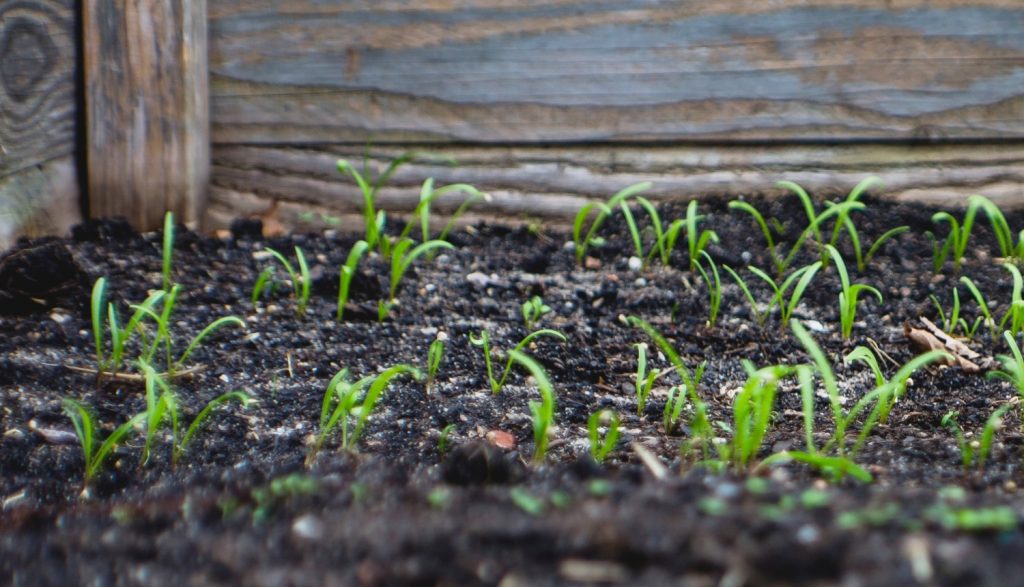
When to use feather meal vs blood meal
Both feather meal and blood meal have their advantages. Neither of these organic fertilizers is better than the other. But, depending on the circumstances, we’ve found that sometimes blood meal works better than feather meal, and sometimes the reverse is true.
When prepping beds in the spring for seedlings — especially for nitrogen-loving veggies, like peppers and tomatoes — we use blood meal.
Because blood meal breaks down within 8 weeks’ time, it provides young plants with enough nitrogen to speed up vegetative growth so they flower and fruit much more quickly.
On the other hand, when getting beds ready for heavy feeders, like broccoli and cauliflower, we prefer to use feather meal.
Broccoli and cauliflower are a bit slow to mature. They require ample nutrition and slow-release fertilizers. Feather meal fits the bill and, when mixed with bone meal, can provide these crops with enough nitrogen over the course of the season to produce multiple florets and heads.
So, as you can see, sometimes feather meal works best, and sometimes blood meal works best. But there are also situations in which feather meal and blood meal work better together.
Leafy green plants, like lettuce, parsley, and cilantro, have a constant need for nitrogen. And once we start harvesting from these plants, their nitrogen needs increase even more.
Feeding these plants a mixture of blood meal and feather meal prior to planting in spring will ensure they have plenty of nitrogen throughout the growing season. The blood meal helps young plants get started, and the feather meal nourishes them as they mature.
What’s the best way to apply feather meal vs blood meal?
One of the things that feather meal and blood meal have in common is their ease of use. There are three different ways that you can apply feather meal and bone meal.
Mix them into the soil prior to planting
The easiest way to use feather meal or blood meal is to mix them into the soil before planting.
If you’re prepping your new metal garden beds with custom-blended garden soil, just stir some feather meal and/or blood meal in ahead of time, and you’ll be good to go.
For in-ground vegetable patches, add the organic fertilizer of your choice to the soil once it’s been tilled.
Apply feather meal at a rate of 5 pounds per 100 square feet.
Apply blood meal at a rate of 2 to 3 pounds per 100 square feet.
If you want to use a mixture of the two, shoot for a 1:3 ratio of blood meal to feather meal.
Remember to test your garden soil using an at-home NPK testing kit to determine how much nitrogen the plants in your garden will actually need.
You may also find that you need to balance things out with phosphorus-rich and potassium-rich fertilizers to improve your soil’s nutritional profile.
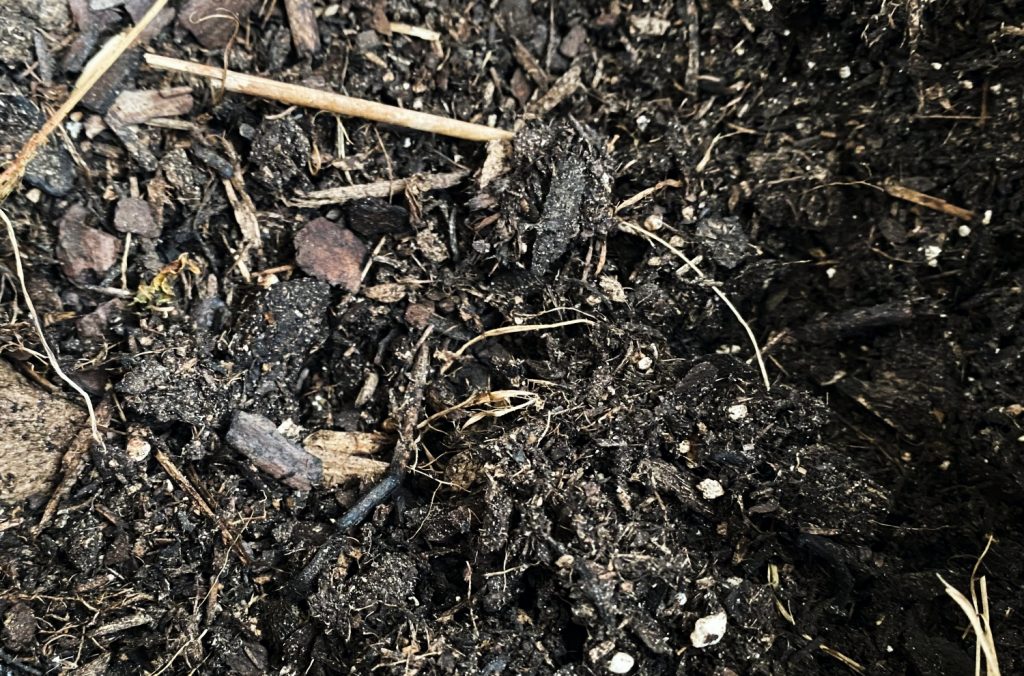
Sprinkle them around plants
If you’ve already transplanted your seedlings, you can still use feather meal and/or blood meal to fertilize your plants.
Use a disposable plastic spoon to measure out the feather meal or blood meal according to the manufacturer’s instructions on the back of the bag. Usually, a tablespoon or two is enough to suffice.
Unlike synthetic fertilizers, measuring out organic fertilizers isn’t an exact science. A bit more or a bit less than what the manufacturer recommends won’t hurt your plants.
Once measured, sprinkle the fertilizer around the base of your plants and water them well. Keep the soil moist in the coming weeks to ensure the fertilizer breaks down as it should. You can also cover the soil with mulch to help the fertilizers decompose.
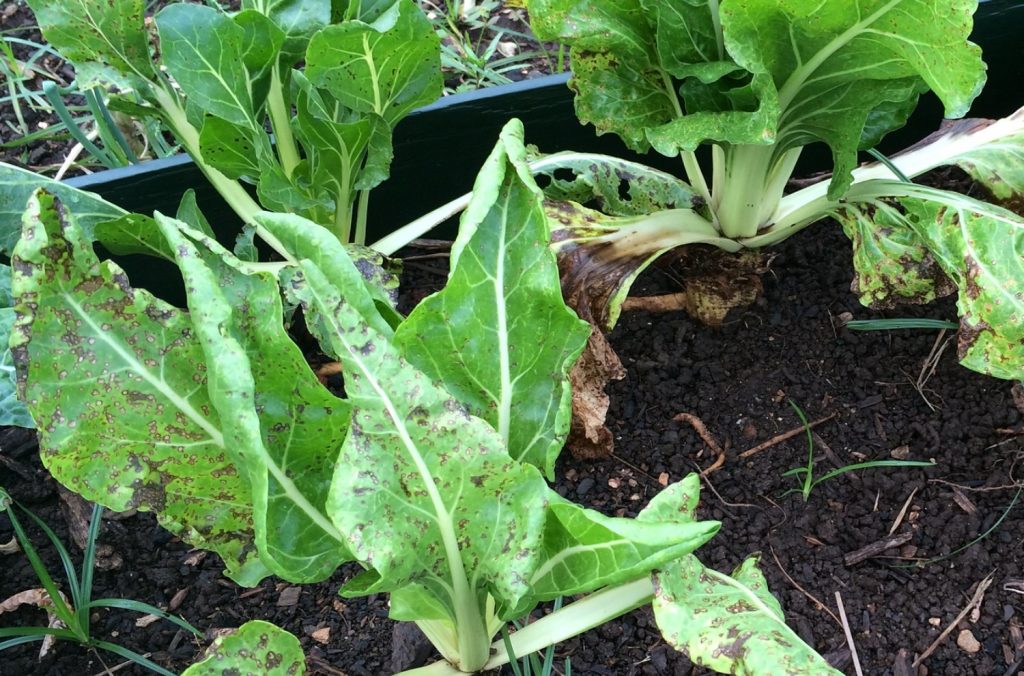
Mix them into the soil with a weed fork
Alternatively, you can use a weed fork to gently work the fertilizer into the soil surrounding your plants.
Measure the fertilizer of your choice out, but instead of sprinkling the fertilizers on top of the soil, use a weed fork or gloved hands to work them below the soil surface, being careful not to damage any of your plant’s roots.
Once everything has been mixed well, smooth out the soil and give your plants a drink of water. Again, you can apply a layer of mulch to encourage the fertilizers to break down.
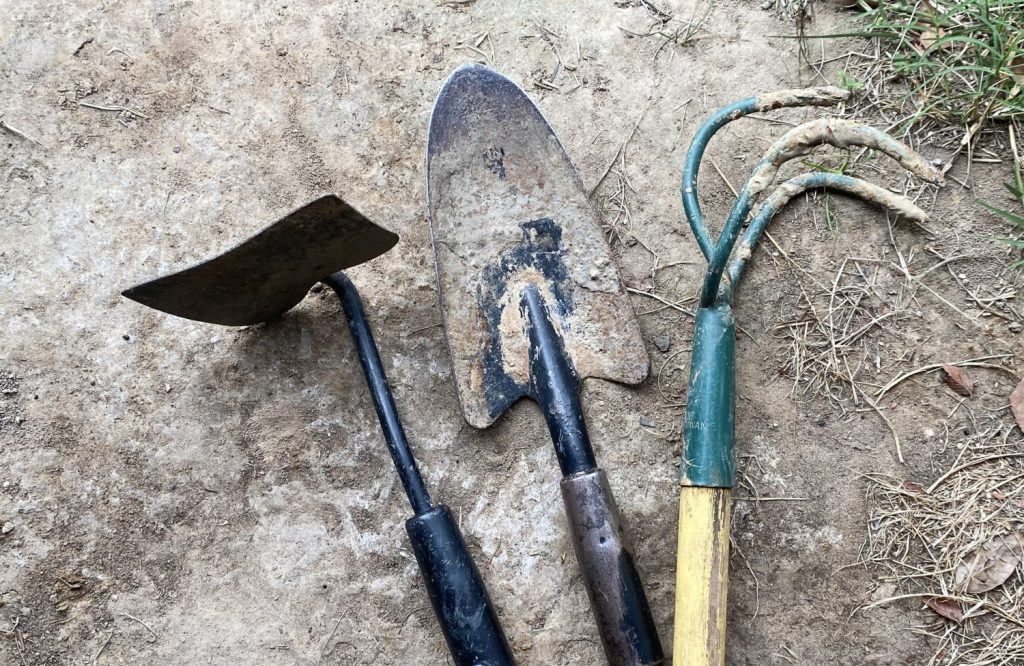
What other organic fertilizers can you use in your garden?
When it comes to feather meal vs blood meal, we’re actually big fans of both, and we frequently rely on both of these “ingredients” to make the soil more nutritious for the fruits and veggies in our garden.
But plants can’t survive on feather meal and blood meal alone. Using several different types of organic fertilizer will enhance your garden soil, providing your crops with a variety of vitamins and minerals they need to thrive.
When using nitrogen-rich fertilizers, be sure to work phosphorus into the soil, too, in the form of rock phosphate, bat guano, and fish meal. Plants rely on phosphorus to flower and produce healthy, delicious fruits.
Potassium is important, too. Although plants don’t require as much potassium as they do nitrogen and phosphorus, potassium-rich materials like potash, banana peels, and wood ash should be mixed into the soil to help your garden meet its nutritional needs.
Providing your plants with all of the nutrients they need will help you grow the most delicious fruits and veggies possible. Both feather meal and blood meal can help you meet your crop’s nutritional needs organically.
